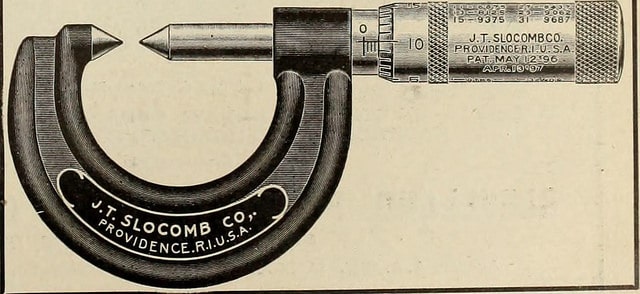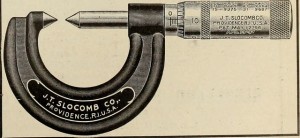
 The Impact of IoT on Reliability Engineering
The Impact of IoT on Reliability Engineering
Article inspired by @JillNewberg thanks for the suggestion Jill.
There are two elements to this subject. First there is the reliability of the elements collecting and connecting to the internet. Second is the potential value of the connection and information.
What is IoT
The internet of things is a broad category of devices which until now did not connect to the internet. Computers and smart phone connect to the internet. Now refrigerators and tea pots do also. In factory settings, it is easier to setup up monitoring and tracking devices and use the internet to carry the signals.
Recently I heard about a cattle ear tag that relayed the animals body temperature information. Some time ago learned about a tea pot that signaled to remote interested parties it had been used (useful to monitor the daily activity of an aging parent still living alone).
You equipment may call for spare parts prior to breaking down. Or, your toilet may analyze your urine and provide reports to your doctor. Yes, we are getting connected.
Reliability of IoT elements and of the Internet
At the moment, if your fitness tracker doesn’t upload your latest days activities you may find that irritating. Yet, if your insulin pump couldn’t connect and adjust your prescription according to you and your doctor’s direction, that could be serious.
The devices have an additional function, of connecting and communicating, that most item didn’t have in the past. Call me old fashioned, yet does my toaster really need an IP address? The added complexity increases the chance the unit may fail. It may fail its primary function, its monitor and recording function, or it’s connecting and communicating function. Previously it just had to make toast, not we may learn to rely on the toaster ordering a loaf of bread for us.
The other element is the internet (no with a capital ‘i’). A system of interconnected systems that allows us to email and browse, now also is a conduit for our equipment and devices to update databases, register activities, and disseminate information. While robust, it to can fail.
Potential Value of the IoT Connection and Information
On the other hand, the medical applications for IoTs is amazing. In the past, we only saw our blood pressure when at the doctor’s office. Now, with a small home measurement device, we can easily measure our own blood pressure. What’s more we can upload the readings to our smart phone and send twice daily readings to our doctor’s office.
Our cars, refrigerators, and office equipment can monitor and track their own operating trends and provide us and our calendars notices for oil changes, cleaning, or that it’s time to reorder toner. Our factory equipment can monitor vibration, sound, oil quality, and more, then provide the necessary information to purchasing and maintenance teams to kit and dispatch repair teams prior to any unplanned downtime.
Today my car can alert me to low tire pressure, my home to ’smoke in the kitchen’ (meaning that I’m cooking), and my college age daughter is short of cash for the last two weeks of the semester. A few years ago when training for triathlons I tracked heart rate, distance, routes, pace, cadence, and power exerted pedaling. All of this wirelessly synced to my smart phone effortlessly. I used it to monitor my training and it assisted in my injury free completion of many triathlons.
Similar technology is being designed into equipment and systems just to gather and track performance measures for all kinds of consumer, commercial and industrial equipment. With a little thought, we as reliability professionals can tap into that data stream from the IoT enabled devices to monitor our fleet of equipment. With a little planning we can focus on critical failure mechanisms and initially gather sufficient data to build the necessary models to anticipate and avoid system failures.
The IoTs does bring challenges, it also brings wonderful opportunities. How are you using those many internet connected devices in your world?
thanks for the information.